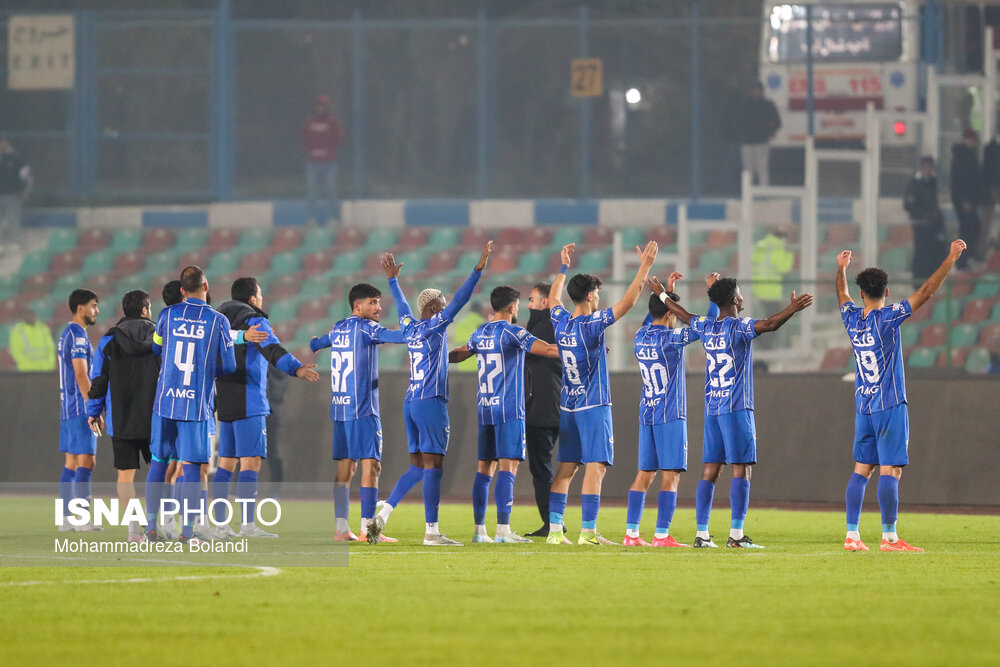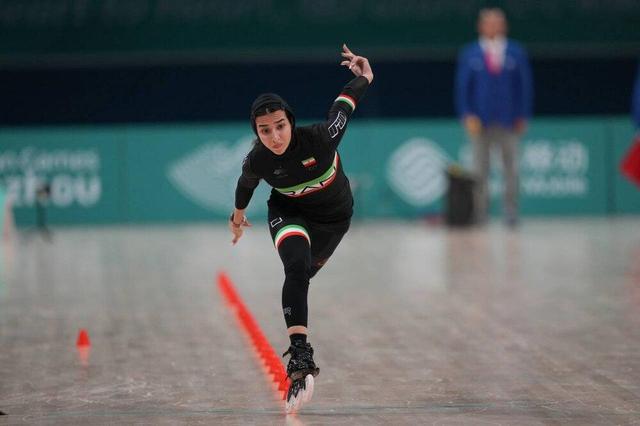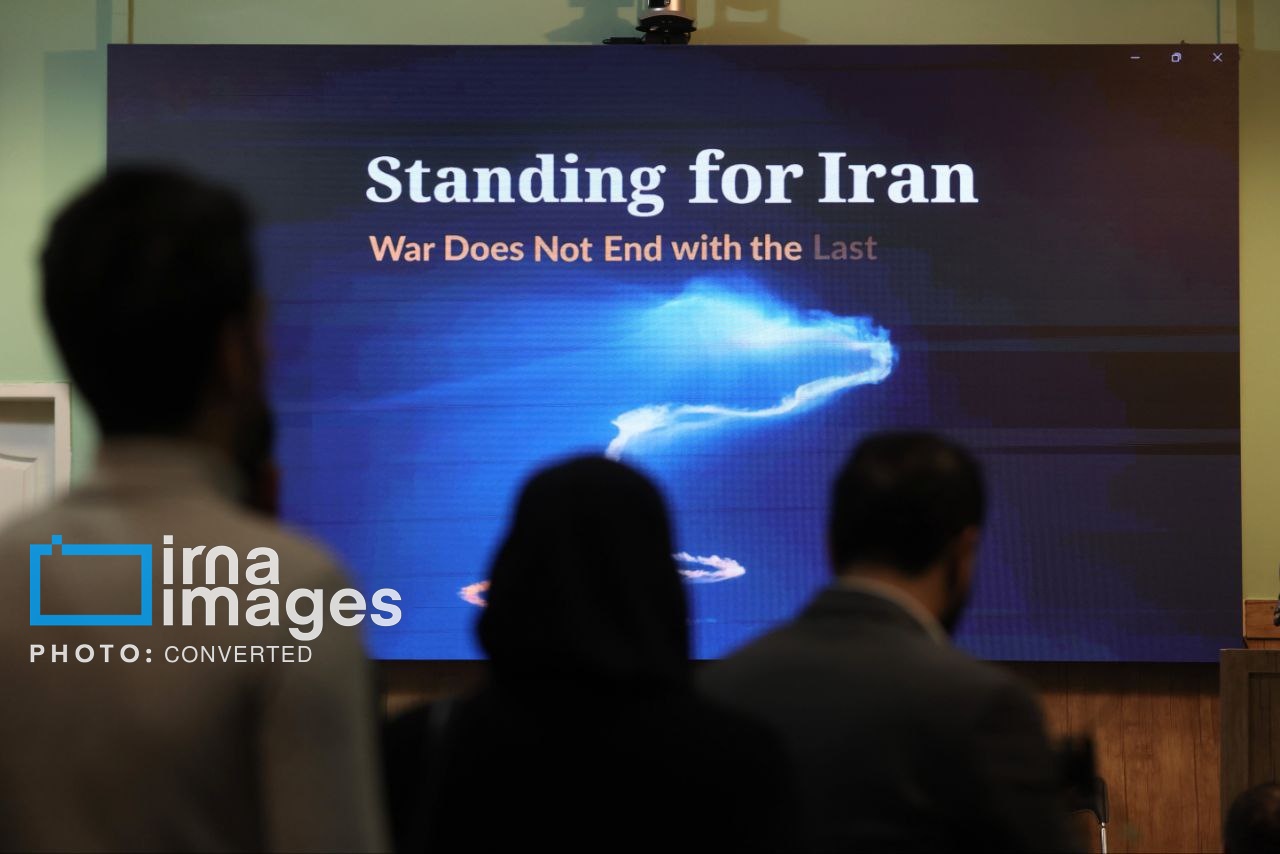Witness to the Hellfire of Genocide: Inside the carnage of Israel's massacres in Gaza
Witness to the Hellfire of Genocide: Inside the carnage of Israel's massacres in Gaza

Amid the genocide in Gaza, a displaced Palestinian family found a partially damaged house that sheltered them from the rain. They immediately moved in.
As the world around them dismantled and burned, the family thought the abandoned house with its shoots of life growing in its little garden would spare them.
It wasn’t long, however, before an Israeli sniper put an end to the brief respite from the bombs.
The mother was shot in the chest as she stirred a pot of lentils over a fire; her six-month-old baby sleeping on her lap.
When her husband tried to take her to the hospital, the snipers opened fire again. Unable to leave, the mother bled out and died.
The burial in the garden attracted further bullets from the Israeli soldiers.
Not knowing what to do, her husband found a solar-powered vertical fridge in the kitchen. They wrapped her in a black plastic bag, tied her with ropes, and then placed her in it, upright.
The children, hoping that they were experiencing a bad dream, would still talk to her.
“Why don’t you speak?” they would ask.
Ten days later, when the gunfire slowed, the father lifted her frozen, stiff body. He wrapped her in a blanket and searched for a spot to bury her.
The story is just one episode inside a new collection of dispatches from Wasim Said’s Witness to Hellfire of Genocide: A Testimony from Gaza.
Published by 1804 Books, it unfurls a series of horror stories from Israel's genocide in Gaza.
Writing in the darkness
Said, a 24-year-old physics student from Beit Hanoun, began writing the book to articulate what he had seen and lived through between October 2023 and January 2025, when a ceasefire was announced and many thought the genocide might end.
But as he recounts in his introduction, Said hadn't even finished his first chapter before Israel broke the ceasefire, and the unimaginable became the status quo.
His world collapsed into one of constant displacement and destruction. It became one suffused with debilitating thirst and hunger, and trauma.
Israel had destroyed water sources, and denied the entry of food, aid and basic essentials.
Daily life for Said, like others in Gaza, was coming across bodies strewn across the streets in a search for water and food.
At night, he sat in the dark as the drones hovered and the earth shook, but also found time to document the lunacy around him.
As everything was eliminated around him, and his death, too, seemed inevitable, he wrote to leave behind something that proved he once existed.
The 113-page work, made up of a mix of personal testimony and reportage, is a devastating retelling of the human cost of the past two years and an indictment of our collective failure to stop the carnage.
“Read this not as a novel. But as you would a gravestone,” Said writes in his introduction.
“As if a voice from the ground was saying: I was here. And I could have lived - if only you had said something,” he adds.
The book starts with the chaos of 7 October, as Israel began bombing Gaza. It then chronicles the layers of indignities levelled upon the people of Gaza during the course of the genocide.
As the 30-odd members of his family jump into cars to seek refuge, scenes resembling “the Day of Judgement” meet them at every turn; the central market of Beit Hanoun is scattered with body parts.
Said ends up holed up with his family in a five-by-10 metre classroom with 51 other internally displaced Palestinians.
The school soon became home to 20,000 others seeking shelter and at least the delusion of refuge from Israeli bombs.
With only 10 toilets on site shared between a population of tens of thousands, Said timed his bowel movements to 1am each morning to avoid the long queues.
Telling the stories of others
In the days that followed, Said, like many others, ended up in a tent and found himself assisting random Palestinians he met; there was a man who needed help burying a loved one; there were dead bodies that needed to be carried from an ambulance to the morgue.
Here, his senses were taunted by bodies with no heads, crushed skulls, limbs of children, and bodies burnt like coal.
In cases where bodies were dismembered and in pieces, staff at the morgue weighed them to determine if the deceased was a child or an adult.
“Can you imagine what I am saying! This is happening to human beings like yourself on the same planet you live on,” Said writes.
In his narration of the horrors, Said is clear as to his expectations of his readers.
“I didn’t write this to make you cry. Not for you to tell me: 'Poor you.' I write this so I can hang these words around your neck— to make you bear the responsibility of my perspective, the responsibility of knowing, the responsibility of being a witness.”
“I need a reader who won't just close the book and sigh, then go to sip their coffee,” he adds.
Around a third of the way into the book, Said shifts the focus from his own experiences and turns his attention to the experiences of others in Gaza.
He writes that it would “be unjust to confine the narrative to only what I had seen”.
'I had never imagined that a day would come when bread would be a treasure'
- Wasim Said
“I will open the coming pages to many voices, to faces that the cameras never reached to suffering that was never told, to details that shake the heart more than explosions,” he writes.
Whereas Said's own story is compelling as it stands, his ability to share his platform with a society heaving under genocide turns the book into a chronicle of unparalleled importance and meaning.
Said spends time exploring the struggles of ordinary people in navigating famine and how the imposed cruelty of starvation incapacitated an entire society.
"I had never imagined that a day would come when bread would be a treasure," he writes, describing how families knitted together a strategy of improvisation, sharing and survival.
The flour massacre
Then came the the flour massacre of 29 February 2024, when Israeli soldiers and American mercenaries opened fire on Palestinians looking for food handouts from aid trucks, killing around 109 and injuring thousands at the Nabulsi roundabout in Gaza City.
A majority of the victims, men, women and children, were hit by bullets to the head, neck and chest.
Said's family friend, Abu Malik, a man in his 40s, survived the massacre and told the author he would rather “die from hunger than go to the trucks”.
Another friend, Mousa, told him about the day he found human flesh lodged in his hair following a similar massacre on Salahuddin Road, where aid trucks were entering.
Mousa said that as people emerged to access aid, the area was swarmed by Israeli drones. The crowd fled as drones opened fire and mayhem unfolded.
As he ran to safety, Mousa found the body part on him, later identified as a man's throat.
Mousa told Said that he helped bury the body part and that he prayed for the soul that it belonged to before running towards the next aid truck that emerged in the distance.
“Wasim, it was flour full of suffering, mud and body parts,” Mousa recounted, adding that as they filled their sack with flour, the moving truck drove over body parts strewn across the road.
Recounting the helicopters and aircraft that dropped aid that sometimes crushed people or fell into the sea, Mousa said he saw both young and old drown in their attempts to feed their families.
“The birds of paradise turned out to be the dragons of evil,” he summarised.
Parallel to the stories of unfathomable brutality are others that relate the generosity of neighbours during the early days of the genocide; and the bravery and determination of youth.
Said recounts how young men travelled to the south of Gaza for partially demolished homes, in search of flour, or how parachutes that came with airdropped aid became tents for the serially displaced.
But even here, Said writes with unflinching clarity.
At one of two bakeries that served the people of Deir al-Balah, Said writes about fights breaking out in the queue.
He juxtaposes the indignity of the trampling and the fighting outside the bakery with the voracious hunger of his brother back in their tent an hour's walk away.
“The sound of his moans and grumbling stomach sounded in my head like thunder,” Said writes, as he himself dug his heels into the ground and fought his way to the bakery's window.
These are the two sides to the determination to survive that we pathologise as ‘resilience’.
“Frail bodies pushed each, each person hugging their share with both arms as if embracing their soul.”
Children found themselves under feet, abandoning their search for food and hoping only to escape.
But even as the cruelties escalated, and armed gangs emerged (supported by the Israelis), Said writes that the moral structure of Palestinian society in Gaza did not collapse.
In his foreword to the book, Mousa Alsadah describes it as a “message from the deepest depths of the valley of death, from the hellfire of genocide, to the Arabs and to all of humanity”.
Said wrote it, in other words, as we watched glimpses of the devastation on our phones between daily chores, before dinner or on the subway.
For those of us who think we understood the carnage, Said’s reconstruction of the daily horrors reminds us that the immediacy of reels or shorts has nothing on the slow reckoning of the written word.
The writing is razor sharp, poignant. And written with a mix of bewilderment and despondency. Yet, it is not hopeless.
It is, as Louis Allday, from Liberated Texts, which translated the book, said, an act of resistance and defiance against erasure.
It not only expresses hurt, pain and even mourning for what has happened, but, as Allday puts it, is also a call to “commit ourselves to try and change what has yet to unfold in whatever way our circumstances allow”.
And it shows. Said makes no attempt to dance with prose. It’s all narrated just as he sees it, or as it is told to him by those who experienced it.
Alsadah writes that Said wrote this book while on the run; as drones hummed and warplanes hovered, in the shadow of hunger and famine and “from within that narrow corridor of life amid the crush of massacres”.
“And so when you read, do not overlook the sound of warplanes, the explosions, the sirens - they still pierce through every line and slip between the words, because they are, quite simply, part of the text itself,” he adds.
And it's impossible not to.
There will be many books written after the genocide in Gaza.
Most will be important in one form or another.
But none will be as consequential than the testimonies from Gaza.
And even fewer would be as incisive as Said's, written from the hellfire itself.














